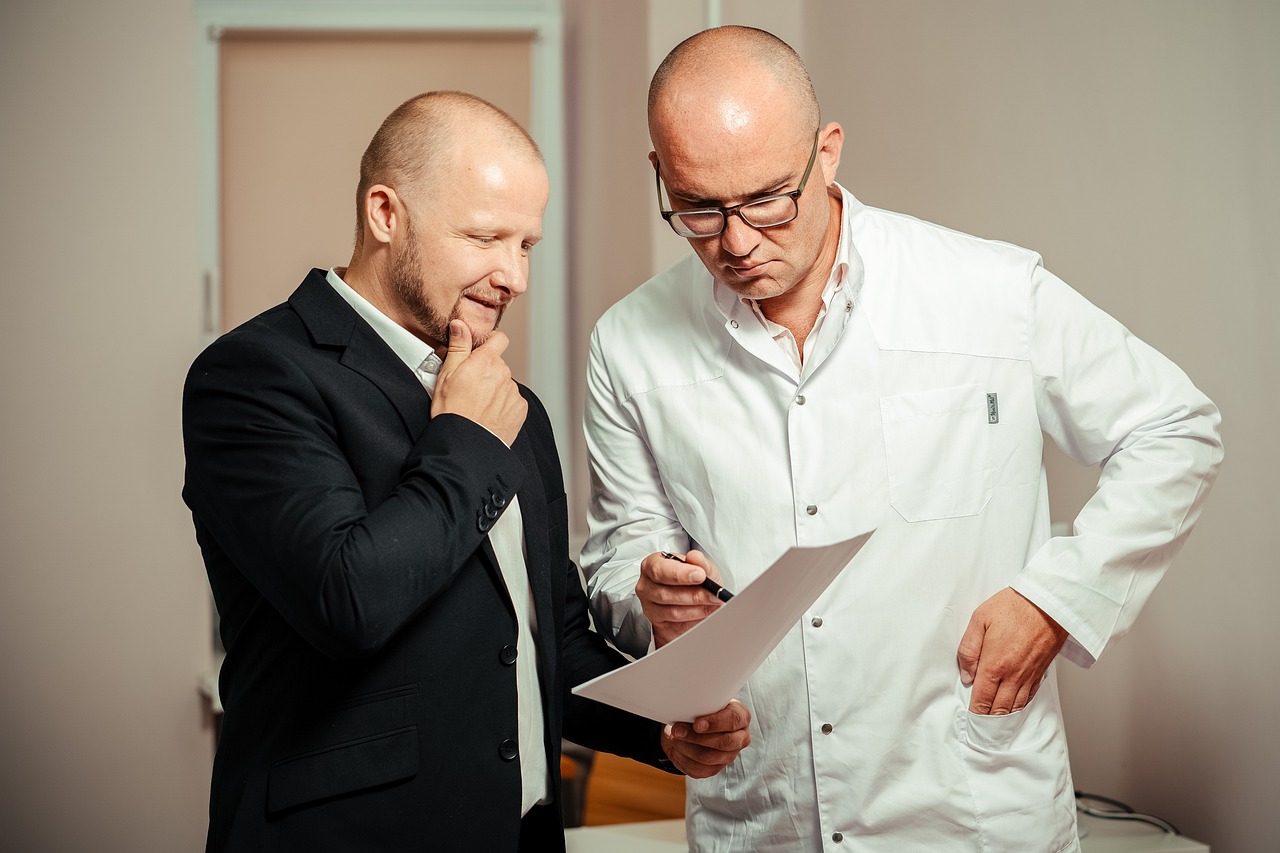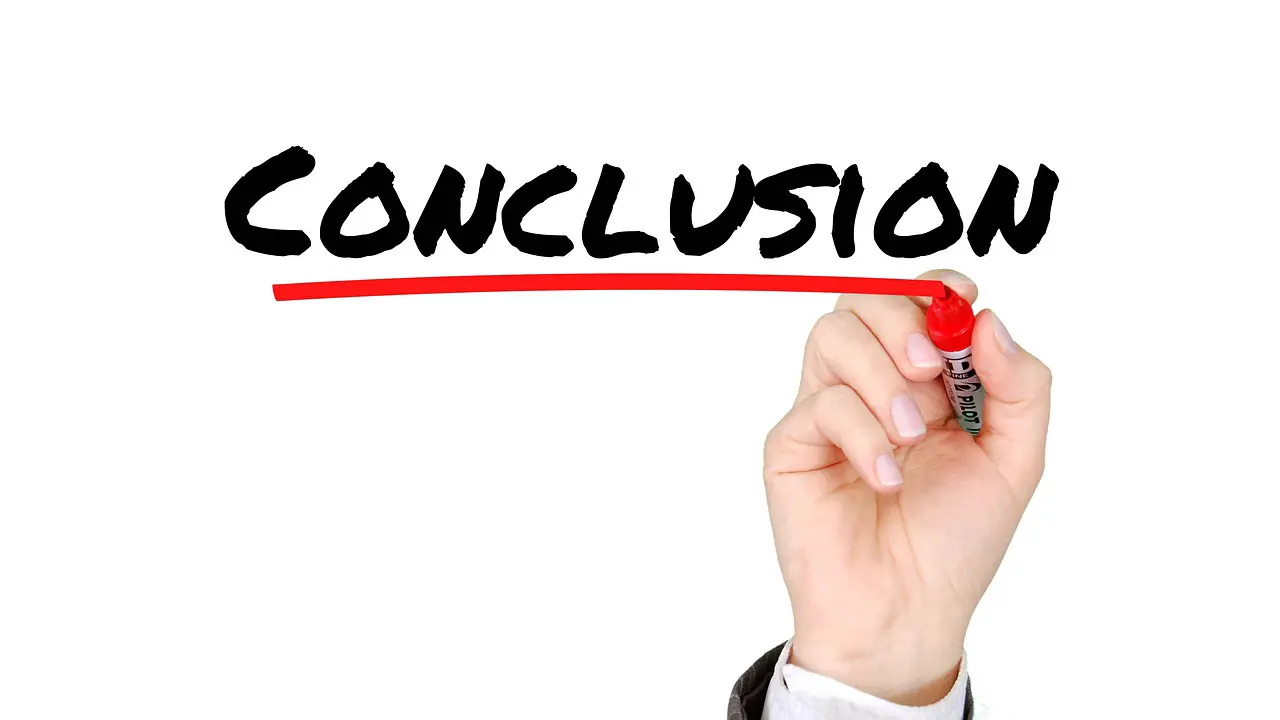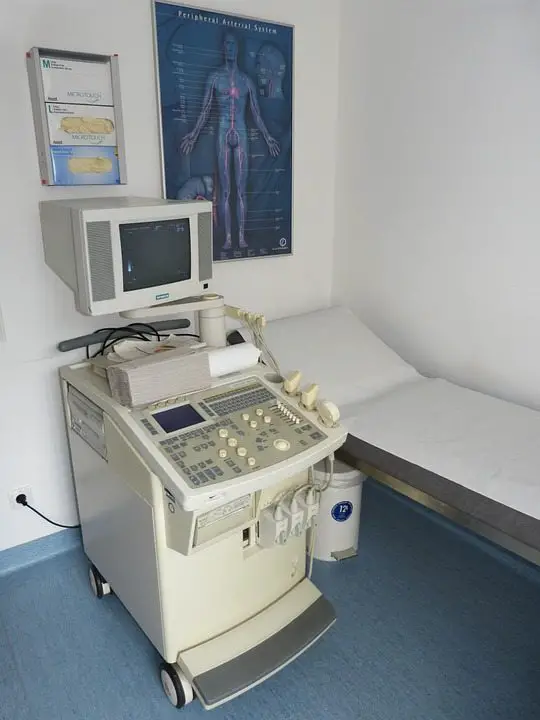
Introduction:
Participating in research is a great way to contribute to medicine. Well-conducted research and literature reviews help advance both scientific understanding and clinical practice. Additionally, it enables you to develop expertise in a topic, while simultaneously showing dedication to your field. Peer-reviewed publication and presentation of your research should ultimately be your goal. Although you may want to get involved in research, you might not know how to go about it. Beginning a project can often present a challenge for residents and students with a limited research background. Here, I offer some advice and recommendations that I would give anyone just starting. Much of this I have learned through trial and error. Learn from my mistakes!
Identifying research mentors:
Your choice in mentorship can dictate whether or not a project will be successful, especially when just beginning your research career. Try to identify a project mentor (usually a physician or Ph.D.) with a proven track record of publication. Even better, if you can find someone with institutional or national grant funding, you can be confident that your research will likely be published. These are not essential, but finding the correct mentor can mean the difference between publication and fruitless pursuit.
First of all you should approach attendings, residents, and students. Ask if there are any ongoing or projects in the department. If you identify something that piques your interest, offer to assist in any way! Offer to carry out a literature or chart review. Attendings and residents are busy, so help them with the work that no one wants to do. The more you do, the higher up on the author list you will be. Make sure you show initiative and interest!
Although clinical research in your dedicated field might help you more as an applicant, any well-conducted research can be a great interview discussion topic, as long as you can speak intelligently about it.
Research takes time and patience:
What many don’t realize is that conducting research takes time, and that manuscript preparation and submission can take equally long. When you read a newly published paper, often the presented data is up to a year or two old. In many cases, a you need to submit a publication to several journals before being accepted. Especially true, if an author is seeking publication in a high-impact journal. My advice: start your research early. Students should seek out research from the first day of medical school, and residents should look for research during the intern year (if they can find the time!). Not to say that you cannot accomplish research in a short timeframe. However, you must be realistic about your goals and recognize that you cannot completed all projects if you are limited on time (i.e., close to residency or fellowship applications).
If you budget your time wisely, you will be able to edit thoroughly and compose a more eloquent article with a comprehensive review of the literature.
How to minimize your time for completing projects
Remember you are legally/ethically obligated to submit your paper to one journal at a time. Some review cycles can take several months for the first decision, so look up their average turnaround time if this might be concerning. Also, if you plan to submit to notable journals, there is always the possibility of rejection. Resubmission to another journal will likely require reformatting and an additional wait period. The time between finishing an experiment and publishing can add up. Remain conscious of this reality.
If you are limited on time, but still want to conduct a small project, one option to consider is a conference abstract. Conference abstracts allow you to showcase your research often through a poster presentation. The beautiful thing about conference submissions is that you can submit an abstract with preliminary findings, and later expand upon these in the full poster if accepted. Certain conferences/societies will even publish your work in their journal afterward.
As a bonus, getting an abstract accepted allows you to attend a conference and network with your colleagues. Most large meetings are held in either the spring or the winter. And, abstracts are generally due approximately six months before the conference. Deadlines may vary so identify these times if you have an ideal meeting in mind.
As a side note, the societies that hold conferences often have student/trainee travel scholarships or discounted conference fees. Any young professionals with funding concerns should apply. Again, be aware of scholarship applications deadlines.
Where to publish:
Everyone should strive for publication in high-quality, peer-reviewed journals. Things to consider are impact factor (IF) and indexing in scientific databases. High IFs are in journals like Nature or Science. However, it is essential to realize that a journal’s audience can impact this number. For instance, Nature has an impact factor of approximately 40, while Radiology has an impact factor of around 6-7, and the Journal of Vascular and Interventional Radiology (JVIR) has an impact of about 3.
If each is an example of a high quality-peer reviewed publication, then why the difference in IF? The reason is the audience and journal scope. Nature covers a wide range of disciplines. And therefore, it has a larger audience. On the other hand the other two have smaller audiences. By sheer readership, this means that fewer people read them and cite their articles.
Although everyone might aim for publication in big-name journals, we often have to settle for lesser-known, lower-impact publications. This is ok, as long as you consider several things. Journal reputation, peer-review, and indexing. Ultimately, we want our research to be visible to the scientific community. Therefore, we want our papers indexed in PubMed, Medline, Web of Science, etc.
Why you should consider open access:
Professional scientists often have a “publish or perish” mentality. For a Ph.D. actively conducting full-time research, publication in large name journals can provide major career and funding opportunities. This is especially true for young postdocs. However, the pressure to get published in major journals like Nature, Science, or the New England Journal of Medicine reflects a major flaw in the scientific community. Scientists often delay submitting their findings until a more thorough narrative can be told. This can involve years of additional experiments, and, unfortunately, deceptive and unethical practices in some cases. Additionally, it also prevents experiments from being repeated and perfected, as the drive to submit “novel” findings fuels these major publications. This also discourages the presentation of negative results, or when an experiment or intervention fails. These findings are equally as important for scientific progress.
Although research output is not as essential for becoming a successful practicing physician, a publication can augment your career opportunities, especially at major academic centers. As physician-scientists, this pressure is not felt as strongly, thus we have a unique opportunity to help change the industry and combat these practices.
One movement in response to the publishing business is open access. This model of publishing promotes freely available, online publications with a quick review turnaround time and lower publishing costs. However, certain concerns over the quality of these publications have been raised. Not every open access journal is created equally. There are certain predatory publishers who will publish anything without peer review as long as a fee is paid.
More information about open access:
Be aware of journal quality when you are considering the submission. One great resource, the Directory of Open Access Journals (www.doaj.org), continuously compiles a list of reputable open access publications organized by specialty and database indexing. Another interesting response to the flaws of the publishing industry takes the form of the publisher, Matters (https://www.sciencematters.io/why-matters). Matters takes the stance that those individual findings should be reported. They suggest that observations should again be the basis of good science, not embellished narratives like major journals tend to favor.
Rapid dissemination of new data could provide the missing piece to a colleague’s research on the other side of the world. Knowledge and its access should be easier in the age of information. Give open access a try, and get your data out there!
Know your reviewer and audience:
Before submitting any publication be sure to edit your content for grammar and spelling. It is not uncommon for a great idea to get rejected because of poor presentation! No matter how groundbreaking your findings may be, sloppy grammar, spelling errors, and disorganization will instantly raise red flags among reviewers. “They were not meticulous with their writing, were they meticulous with their research?”, a reviewer might think. Share your paper with anyone willing to read it. A fresh set of eyes always picks up something you might have missed.
Also, always try to write with your reader in mind. In reality, radiology journals will likely be read by radiologists, but try to consider an extended readership. Think of your reader as a scientific/educated person, but from a field different than your own. You should compose a logical and concise piece, with appropriate references for the majority of your statements. Something that might seem intuitive to you or a radiologist, might not be as clear to another professional. Provide the extra detail, or at the very least, a resource if more information is sought.
Be aware of the publication scope and adhere to manuscript formatting requirements:
Every journal has its own formatting and organizational requirements. These are usually clearly stated online. Read these carefully and make sure every item has been accounted for. You don’t want to wait several weeks for a decision only to get a request to re-upload a version with double-spacing and times new roman 12-point font, and then have to wait again! Also, make sure your paper fits within the journal scope. Again, this is usually clearly stated online. Don’t submit a surgery paper to a radiology journal. Don’t submit a case report to a journal that doesn’t’ publish them. Use your common sense! You can always look up what they have published in previous years to get an idea of the style and types of papers that are accepted.
Important items that are often omitted from the discussion section:
- Make sure you have a sound basis for why you carried out your study. If you state a fact, technique, or clinical approach, cite the literature. Even if a statement might seem like common knowledge to you, it might not be to a reviewer or reader. Reference everything!
- Do not embellish. You should discuss the limitations of your study. Every study has shortcomings. Be upfront about them. Offer solutions to these limitations for future research. This shows maturity and that the scientist has thought about the holes.
- State how you think your findings can advance the literature, science, or clinical practice.
Avoid frustration by using a citation manager from the start:
When you’ve finished your project, and are ready to write, be sure to use a citation manager such as Endnote. Often when writing, you will reorganize your thoughts and shift your references. By using a citation manager like Endnote linked to Microsoft Word, you will save yourself hours of frustration trying to organize citations and manually create a bibliography. You can create a free online account on www.myendnoteweb.com and if you purchase or get a copy of Endnote for Mac or PC, you will be able to “cite while you write.” Trust me! This is a HUGE help! Often your institution will provide you with access to a research database, like Web of Science. You can link this account to your endnote account and export references easily. Alternatively, you can download a citation file from PubMed and upload to your citation manager. Either way, you will save time and avoid frustration! How-to guides can be found online and on YouTube.
















